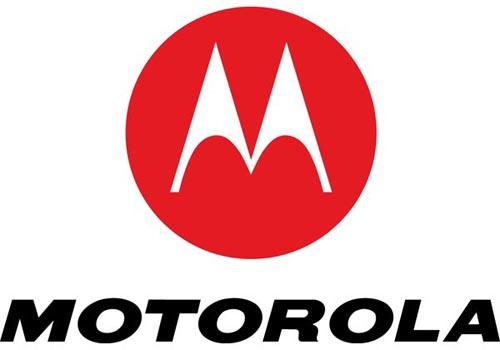
Flagship devices have always been a way for manufacturers to show off their technological prowess. While It may be perfectly possible for these same manufacturers to put the high-end technology into every phone they create, it makes more sense (and sells more phones) if they put the best of the best into one device, and hype it up for being the newest thing on the block. Unfortunately for the mobile market, but more specifically for the consumer, this particular market moves so quickly and is burned by so many different variables, like carriers, it usually means that the flagship device isn’t used or seen by all the customers it could be. And that’s why I’m wondering why the manufacturers don’t start releasing their flagship devices on more carriers.
We’ve seen it happen a hundred times, and there probably won’t be a time we don’t see it happen. A company like Motorola unveils a brand new, high-end device that makes all the folks looking at it drool. An easy example would be the Motorola Droid, which launched not too long ago. This was hyped as the latest and greatest Android-based handset, and its physical characteristics were nothing to scoff at, either. And while the Droid did launch elsewhere in the world under a different moniker, the Droid itself was only ever seen on the Verizon network, skipping over AT&T, T-Mobile USA and Sprint. Of course, unless folks were willing to ditch their current network of choice and start waving Big Red’s flag, that meant they’d never get their hands on their very own Droid.
Similarly, we’ve seen devices launch for other networks from other manufacturers. AT&T’s iPhone stranglehold left the carrier with a flagship device for more than three years; while Sprint’s flagship device of note was the Palm Pre. These carriers will see more flagship devices launch for their subscribers, but for the manufacturer who chooses to make that device and stick to that carrier of choice, there will only ever be so many customers purchasing that phone.
That’s probably why Samsung has this whole Galaxy thing down, and why the manufacturer keeps releasing these devices with different names for different carriers all over the world. While we’re still waiting to see the Galaxy S II launch here in the States, there’s never been any question about the device hitting these shores under different names, with different carriers pushing it out to customers. That makes sense for Samsung, and it makes sense for the carriers because they get a ridiculously high-end device that their subscribers want, without having to worry about defection.
I think a flagship device should be more about the manufacturer, rather than the carrier. I think if a carrier wants a flagship device, then the device should focus more on carrier features. But, then again, trying to sell a phone full of “high-end bloatware” might not go over so well for the general consumer. Honestly, that would probably just make the majority just shake their head and laugh. For manufacturers, getting their flagship phone out to the most people just makes sense, and I imagine that would mean more money.